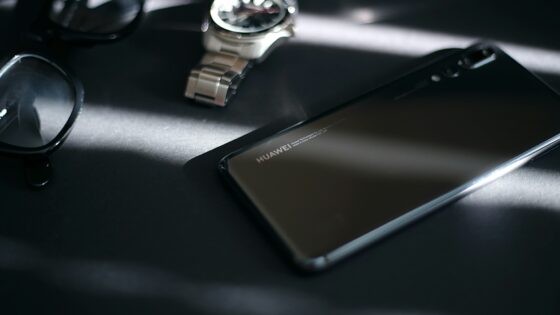Purchasing a new computer is not something that should be done spur-of-the-moment; as a big-ticket item, a buyer should do some research into what is available and decide what the computer will be used for. Here are some handy tips when it comes to buying a new computer. First of all, before going online and investigating what’s on offer, decide what a new computer would be used for. If the computer will be mostly for home use, then an inexpensive one with a half-decent system should do the job; if the computer will be used for a tremendous amount of media work, then a much higher quality system will be more appropriate, and if the computer will be used for gaming, then a solid-quality gaming PC will be the right choice. Second of all, once you’ve decided what the computer will be used for, learn the minimum specifications of a system that will work best for your chosen usage.
A “home user” will need a PC with a 1-2 GHZ Intel or AMD processor, 1 GB of RAM (DDR2 or DDR3), a 40-160 GB hard drive, a DVD/CD-ROM drive that can both read and write DVDs and CDs, at least three USB 2.0 ports, Gigabit Ethernet, a mid-quality graphics card, and 802.11 b/g/n Wi-Fi.
An average “business user” will need a system with 2GHZ Intel processor, a DDR3 or 2GB RAM, a hard drive of over 320 GB, an integrated graphics card, a DVD/CD-ROM drive that can read and write DVDs and CDs, more than three USB 2.0 ports, and the same Gigabit Ethernet and Wi-Fi capacity as above.
A “heavy media user” who uses video/photo/HD editing and views a lot of media content will want a system with a 2.5-3 GHZ Intel processor, 4 GB and DDR3 RAM, a minimum 500 GB hard drive, a higher-end graphics card, the same DVD/CD-ROM drive as mentioned above, more than three USB 2.0 ports, with the same Ethernet and Wi-Fi specifications as a home user.
A “gamer” will want a high-end computer with an Intel processor of more than 3 GHZ, more than 4 GB and DDR3 RAM, a hard drive of over 500 GB, a high end graphics card and the same Ethernet and Wi-Fi specifications as mentioned above.
After deciding what the computer will be used for, the next step is to decide on an operating system, or an “OS”. Windows 7 and Windows Vista can actually use up a number of your computer’s RAM and processor resources; if you want to save money yet still enjoy the same speed as a more expensive computer running Windows Vista or Windows 7, use Windows XP or use Linux. In the case of Linux and Windows XP, you’ll probably need to install the software yourself. When you’ve decided on what the computer will be used for and what operating system to use, you can select a monitor. You can get whichever monitor suits your fancy, but make sure that it’s at least 17” (43 cm). Experts say that anything smaller makes computer use slightly inconvenient. Finally, once everything has been selected, don’t forget the accessories such as a specialized keyboard or mouse if necessary, a web-cam, speakers, and external hard drives. However, if you feel you don’t need these items, don’t feel pressured into buying them.































